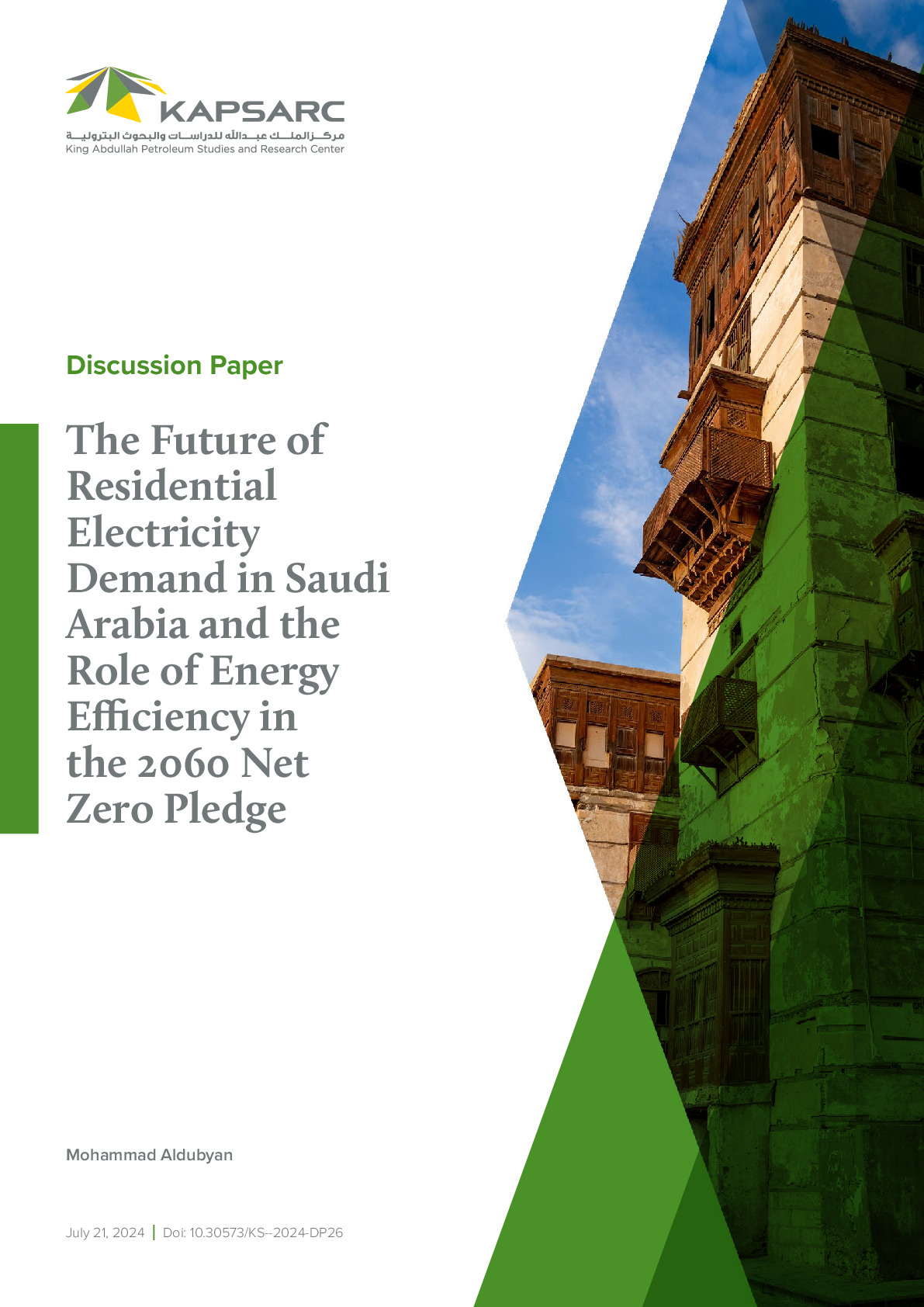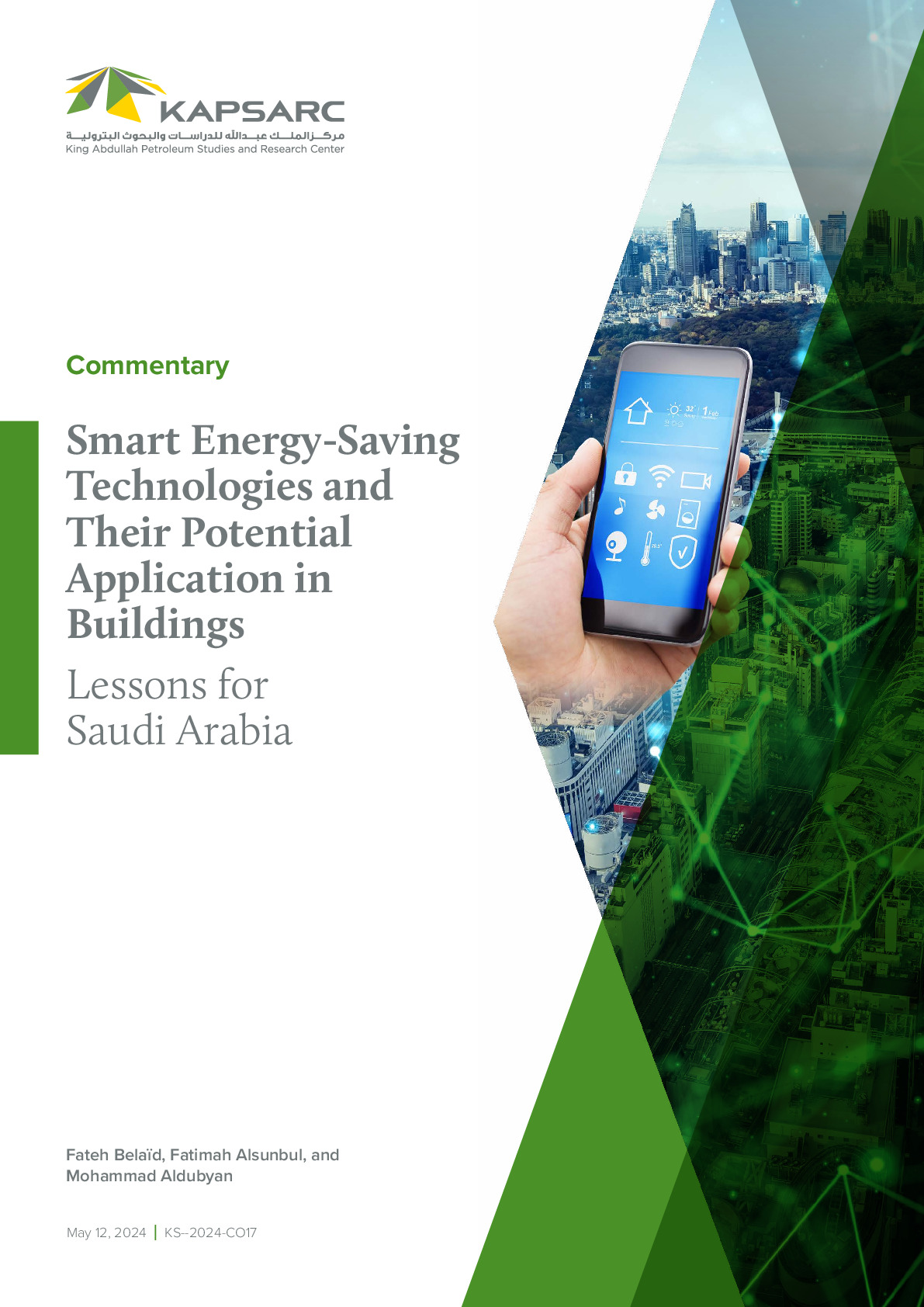This article reports on the evaluation of the short and long-term electrical performance of a photovoltaic-thermal (PVT) system coupled with borehole thermal energy storage (BTES). This assessment was conducted using a computer simulation of a PVT system installed on a small office building in two extreme climate zones in the United States. In each climate, two different scenarios were considered: (i) a PVT system coupled to a BTES with no ground-coupled heat pump (GCHP), and (ii) a PVT system coupled to a BTES with a GCHP. The system simulation results reveal significant improvements in PVT cell efficiency in the system without a GCHP compared with conventional PV panels. These improvements were reported to be as high as 4.1 and 4.7% in cold and hot climates, respectively. Moreover, a coupling GCHP showed a negligible impact on the PVT cell performance, which implies the feasibility of coupling the two technologies to the same BTES.

Fellow
Mohammad is a Fellow in KAPSARC’s Climate & Sustainability program. His research focuses on energy efficiency in buildings, energy demand,…
Mohammad is a Fellow in KAPSARC’s Climate & Sustainability program. His research focuses on energy efficiency in buildings, energy demand, and energy modeling. He is currently leading the Residential Energy Model (REEM), which simulates residential energy demand and estimates the impact of energy efficiency programs on Saudi Arabia’s housing sector. Mohammad holds an M.Sc. in Renewable and Clean Energy from the University of Dayton, Ohio, and an M.Sc. in Economics from Purdue University, West Lafayette.
Expertise
- Energy Efficiency
- Energy Demand
- Modeling
Publications See all Mohammad Aldubyan’s publications

The Future of Residential Electricity Demand in Saudi Arabia and the Role of Energy Efficiency in the 2060 Net Zero Pledge
This article reports on the evaluation of the short and long-term electrical performance of a…
25th July 2024
Smart Energy-Saving Technologies and Their Potential Application in Buildings Lessons for Saudi Arabia
This article reports on the evaluation of the short and long-term electrical performance of a…
12th May 2024
